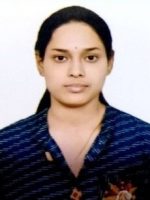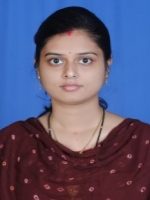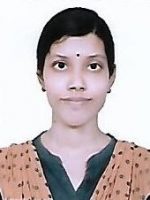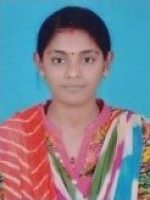Bairagi C. Mallick

Dr. Mallick holds the post of Assistant Professor in the Department of Chemistry. He completed his Ph.D. in 2007 at IIT Bombay, India with Prof. Nand Kishore. Then, he moved to Seoul National University (SNU), Republic of Korea and worked with Prof. Sa-Ouk Kang as a KB-21 postdoctoral researcher. He joined the Department of Chemistry, Ravenshaw faculty in 2010. He has 11 years of teaching and 14 years of research experience. He has published in international peer review journals and written edited book chapters. He was awarded the prestigious Raman Postdoctoral Fellowship in 2016 by UGC, Govt. of India to conduct advance research in the University of Iowa, USA. He is a trained biophysical chemist with expertise in protein structure and functional nanoparticles research. His current research group is interested to unravel the complexity of proteins involved in antibiotics resistance, and the nano-bio interface chemistry of biogenic/engineered nanoparticles to facilitate their biomedical applications.
Selected Publications
- B. S. Pattanayak, M. Priyadarshinee, B. Dehury, S. Jha, T. K. Beuria, D. Soren and B. C. Mallick*, Kanamycin mediated conformational dynamics of Escherichia coli outer membrane protein TolC. Frontiers in Molecular Biosciences 2021, 8, 636286.
- N. Behera, M. Arakha, S. Soren, B. S. Pattanayak, M. Priyadashsinee, S. Jha and B. C. Mallick*, Oxidative stress generated at nickel oxide nanoparticle interface results in bacterial membrane damage leading to cell death. RSC Advances 2019, 9, 24888-24894.
- P. S. Nayak, M. Arakha, A. Kumar, S. Asthana and B. C. Mallick and S. Jha, Optimization of online silver nanoparticle biofabrication using Bacillus thuringiensis. RSC Advances 2016, 6, 8232-8242.
- M. Arakha, S. Pal, D. Samantarrai, T. K. Panigrahi, B. C. Mallick, K. Pramanik, B. Mallick and S. Jha, Antimicrobial activity of iron oxide nanoparticle upon modulation of nanoparticle-bacteria interfaces. Scientific Reports 2015, 5, 14813.
- M. Arakha, Md Saleem, B. C. Mallick and S. Jha, The effects of interfacial potential on antimicrobial propensity of ZnO nanoparticle. Scientific Reports 2015, 5, 9578.

A transformative learning community to realise the dreams, spread the knowledge and create global leaders.










